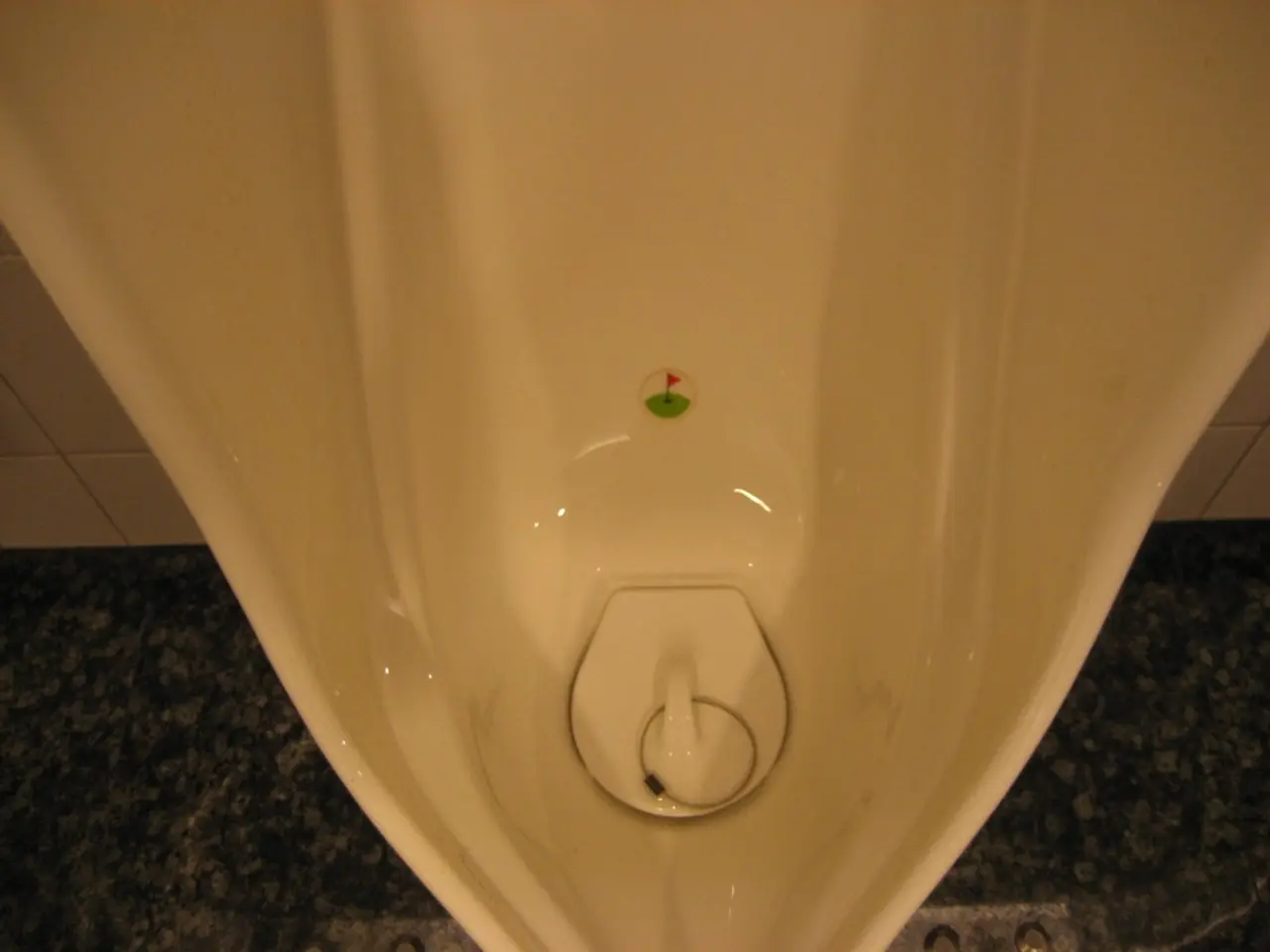Early Identification and Management of Bladder Cancer with TURBT Procedure
Transurethral Resection of Bladder Tumor (TURBT) is a crucial procedure in the diagnosis and treatment of early-stage bladder cancer, particularly for non-muscle-invasive bladder cancer (NMIBC).
TURBT allows specialists to remove suspicious growths, including bladder tumours, and obtain tissue for pathological examination. This is essential for accurate cancer staging and grading, which informs prognosis and treatment planning.
For early-stage (NMIBC) bladder cancer, TURBT removes visible tumours and is often combined with intravesical therapies to reduce recurrence risk. The procedure, which involves passing a thin instrument with a camera and surgical loop through the urethra into the bladder, is associated with reduced bleeding and shorter hospital stays when performed with advanced methods like holmium laser or plasma kinetic techniques.
Recovery after TURBT is usually quick, with most people going home the same day or after one night. Most cases diagnosed in the early stages are non-muscle-invasive, meaning the tumour hasn't spread into the deeper layers of the bladder wall.
Close monitoring is essential in managing bladder cancer long-term. Your doctor may schedule follow-up tests or another TURBT in a few months to check if any cancer has returned. Depending on lab results, your urologist might suggest additional care such as chemotherapy or immunotherapy placed directly into the bladder to reduce the chance of recurrence.
If the tumour is low-grade and hasn't spread, no further treatment may be needed. However, for muscle-invasive (≥T2) bladder cancer, TURBT alone is not curative, but preoperative embolization may help manage blood loss before further treatments like radical cystectomy or TURBT in higher-stage disease.
By removing tumours promptly and analysing them, TURBT allows your care team to act fast and plan the right next steps. Early diagnosis of bladder cancer offers more treatment options and a better outlook. For many people, removing the tumour completely during TURBT may be enough to manage early-stage bladder cancer. TURBT is commonly used as the first step when bladder cancer is suspected.
In summary, TURBT is the cornerstone for initial management of early-stage bladder cancer, providing diagnostic tissue and enabling tumour clearance with minimally invasive techniques. It is typically followed by intravesical therapies and surveillance to optimize long-term outcomes. Advances in technology and pathology are further improving its diagnostic accuracy and therapeutic efficacy.
Science plays a crucial role in the diagnosis, treatment, and management of medical conditions like bladder cancer. TURBT, a minimally invasive procedure, allows specialists to analyze tissue samples for accurate cancer staging and grading, which informs treatment planning under the umbrella of health-and-wellness therapies and treatments. In cases where the tumour is low-grade and hasn't spread, complete removal of the tumour during TURBT may be sufficient, offering a better outlook. Advances in technology continue to improve the diagnostic accuracy and therapeutic efficacy of TURBT, contributing significantly to the field of medical science.




